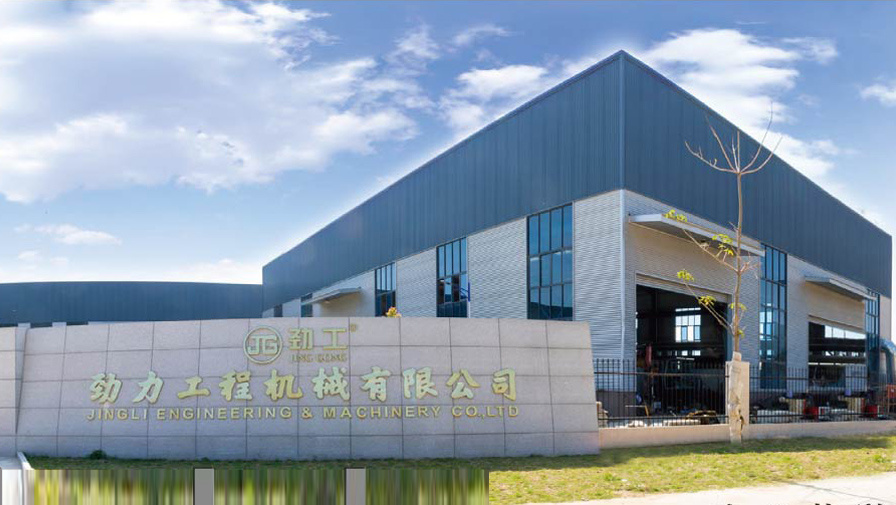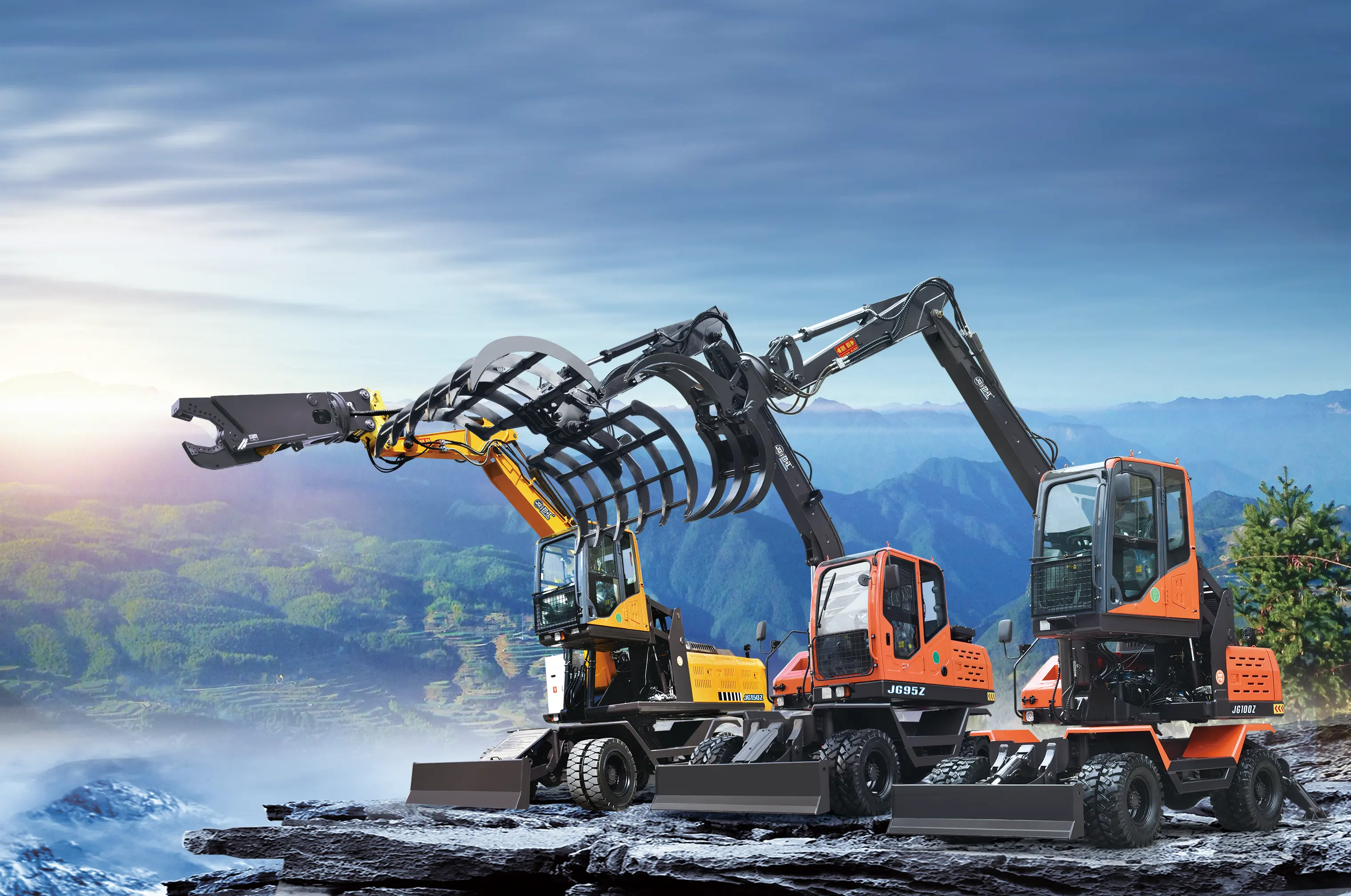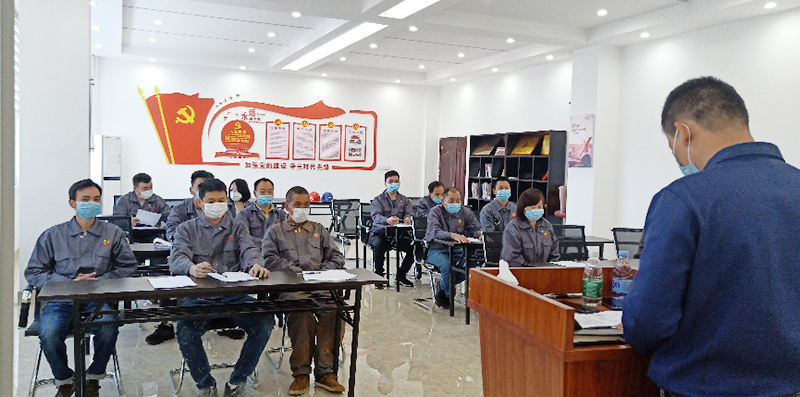
Online Inquiry
Essential Tips for Maintaining Your Famous Compaction Wheel for Excavators
TIME:2025-07-24 09:40
Essential Tips for Maintaining Your Famous Compaction Wheel for Excavators
Table of Contents
- 1. Introduction
- 2. Understanding the Compaction Wheel
- 3. Importance of Proper Maintenance
- 4. Daily Maintenance Checklist for Your Compaction Wheel
- 5. Weekly and Monthly Maintenance Routines
- 6. Troubleshooting Common Compaction Wheel Issues
- 7. Advanced Maintenance Techniques
- 8. Frequently Asked Questions (FAQs)
- 9. Conclusion
1. Introduction
The compaction wheel is a pivotal component in excavators, primarily utilized for soil compaction during construction and civil engineering projects. Its efficiency directly impacts the quality of work and the overall productivity of machinery. In this article, we will explore essential tips for maintaining your compaction wheel to ensure it operates at its best.
2. Understanding the Compaction Wheel
The compaction wheel, designed specifically for excavators, features a robust build that enables it to compact various types of soil and aggregate materials effectively. Understanding its design, components, and functionality is crucial for proper maintenance. Key elements of a compaction wheel include:
2.1 Components of a Compaction Wheel
- **Wheel Body**: The main structure that houses all components.
- **Drum**: Responsible for the compaction process, available in different sizes and weights based on application needs.
- **Vibration Mechanism**: Many models include a vibration feature that enhances compaction efficiency.
2.2 Types of Compaction Wheels
Various types of compaction wheels exist, each suited for specific tasks:
- **Static Compaction Wheels**: Ideal for compacting granular soils.
- **Vibratory Compaction Wheels**: Best for cohesive soils, providing enhanced efficiency through vibration.
3. Importance of Proper Maintenance
Maintaining your compaction wheel is vital for several reasons:
3.1 Enhanced Performance
Regular maintenance ensures that the compaction wheel performs optimally, leading to better soil density and reduced project timelines.
3.2 Cost-Effectiveness
Investing time in maintenance minimizes unexpected breakdowns and costly repairs. A well-maintained compaction wheel can significantly extend its lifespan.
3.3 Safety Considerations
A properly maintained compaction wheel reduces the risk of accidents on the job site, protecting both operators and equipment.
4. Daily Maintenance Checklist for Your Compaction Wheel
Implementing a daily maintenance checklist can significantly enhance the longevity and performance of your compaction wheel. Here are key tasks to include:
4.1 Inspect for Visible Damage
Conduct a thorough visual inspection before each use, looking for cracks, dents, or signs of wear.
4.2 Check Oil Levels
Ensure that oil levels are adequate in the hydraulic system and the vibration mechanism. Low oil levels can impact performance and lead to failures.
4.3 Clean the Wheel
Remove any soil or debris accumulated on the wheel. A clean wheel functions more effectively and prevents material buildup that could affect performance.
4.4 Test the Vibration Mechanism
Before starting the day's operations, test the vibration mechanism to confirm it’s functioning correctly.
5. Weekly and Monthly Maintenance Routines
In addition to daily checks, weekly and monthly maintenance routines are essential to keeping your compaction wheel in top condition.
5.1 Weekly Maintenance
- **Lubrication**: Lubricate all moving parts, including the drum and bearings, to ensure smooth operation.
- **Belt Tension**: Check and adjust the tension of any belts associated with the vibration system.
5.2 Monthly Maintenance
- **Hydraulic Fluid Change**: Replace hydraulic fluid monthly to ensure optimal performance and prevent contamination.
- **Comprehensive Inspection**: Conduct a detailed inspection of all components, including the vibration system, to identify any potential issues early.
6. Troubleshooting Common Compaction Wheel Issues
Understanding common problems and their solutions can save time and reduce downtime. Here are some issues you may encounter:
6.1 Uneven Compaction
**Symptoms**: Inconsistent soil density across the compacted area.
**Solution**: Check the drum for damage and ensure the vibration mechanism is functioning correctly.
6.2 Excessive Vibration or Noise
**Symptoms**: Unusual noises or excessive vibrations during operation.
**Solution**: Inspect the vibration mechanism for wear and ensure all bolts and components are secure.
6.3 Hydraulic System Failures
**Symptoms**: Slow or unresponsive movement of the compaction wheel.
**Solution**: Check hydraulic fluid levels, inspect for leaks, and ensure the filters are clean.
7. Advanced Maintenance Techniques
For those looking to deepen their maintenance skills, consider the following advanced techniques:
7.1 Predictive Maintenance
Utilizing data analytics and machine learning can help predict when maintenance is needed, reducing unexpected failures.
7.2 Component Upgrades
Investing in modern components can enhance efficiency and performance, such as upgraded vibration mechanisms or advanced hydraulic systems.
7.3 Training and Certification
Consider training programs or certifications for operators to ensure that they are knowledgeable about proper maintenance practices.
8. Frequently Asked Questions (FAQs)
8.1 How often should I maintain my compaction wheel?
Daily inspections are recommended, along with weekly and monthly maintenance routines to ensure optimal performance.
8.2 What are the signs of a failing compaction wheel?
Look for uneven compaction, unusual noises, excessive vibrations, and slow hydraulic movements.
8.3 Can I perform maintenance myself?
Yes, many maintenance tasks can be performed by operators, but complex issues should be addressed by trained professionals.
8.4 How do I extend the lifespan of my compaction wheel?
Regular maintenance, proper operation, and timely repairs can significantly extend the lifespan of your compaction wheel.
8.5 What should I do if I notice a problem during inspection?
Stop using the equipment immediately and address the problem. Consult the manufacturer’s guidelines or a professional technician if needed.
9. Conclusion
Maintaining your famous compaction wheel for excavators is crucial for ensuring its performance, reliability, and longevity. By following these essential maintenance tips and practices, you can optimize your machinery’s effectiveness, minimize downtime, and enhance safety on the job site. Regular inspections and timely interventions will not only save you money in the long run but also improve the overall quality of your construction projects. Embrace these practices, and watch as your compaction wheel continues to perform at its peak.










